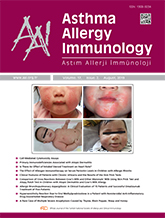


Cell-mediated cytotoxicity measurements can be divided in two methods, depending on whether radioactive material is used or not. Natural Killer cell-mediated cytotoxicity is routinely measured with a short-term assay by labeling the target cells with radioactive chromium (51Cr). The advantages of this method are (1) highly sensitivity, (2) easy execution, (3) low spontaneous release, and (4) nontoxic markers. The disadvantages include short half-life of the label and handling and disposal of radioactive supplies. Many attempts have been made to adapt this cytotoxicity assay to abolish radioactivity while maintaining its high sensitivity. Consequently, various nonradioactive methods have been developed. One of these methods utilizing the release of enzymes (LDH) as a result of cytolysis or membrane dyes (PKH-26) is usually less sensitive than radioactive assays. MTT-based colorimetric/enzymatic assays are highly sensitive and easy to use but unfortunately works only with adherent tumor cell targets. Fluorescent dyes such as carboxy-fluorescein diacetate can easily accumulate in the cytoplasm of effector or target cells. After cytotoxicity, the release of the dyes into the supernatant or their retention in target cells is calculated. However, spontaneous release of these dyes can be quite high, causing false positive results leading to a decreased sensitivity and restricting their use in short-term assays. More recently, flow cytometric methods using fluorescent monoclonal antibodies such as anti-CD56 for effector and anti-CD33 for target cells have been defined.